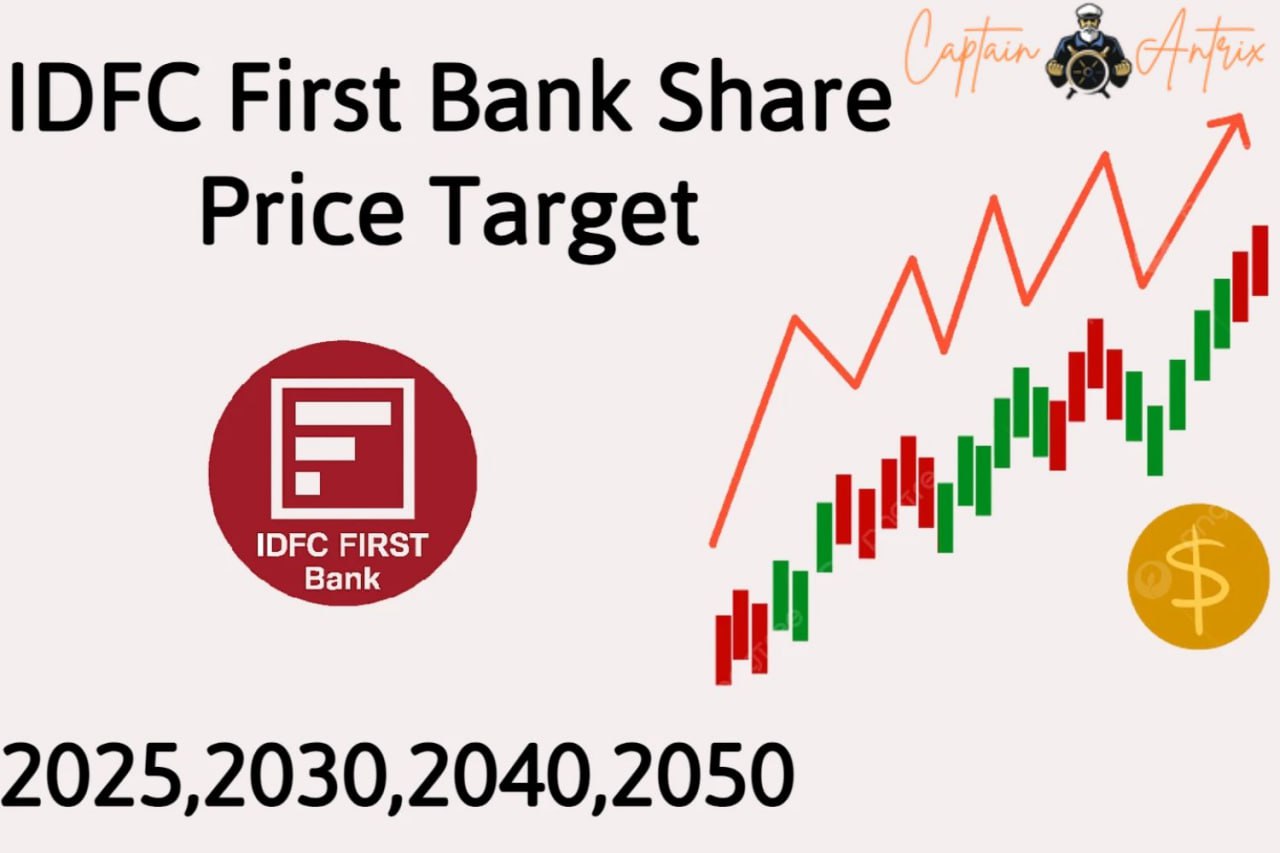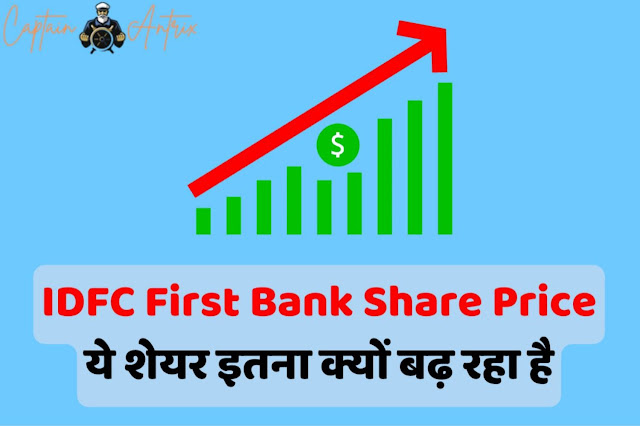
In a recent turn of events, IDFC First Bank shares took a plunge of 6 while IDFC's stocks endured a swell following the advertisement of a junction between the two realities. This unanticipated request response has left investors and judges assuming about the beginning reasons. In this composition, we claw into the factors that contributed to the decline of IDFC First Bank shares and the posterior rise of IDFC's stocks, slipping light on the counteraccusations of this junction advertisement.
1. Merger Announcement
On( date), IDFC First Bank and IDFC made a common advertisement regarding their junction plans. The proposed junction aims to combine the strengths and capabilities of both realities, creating a larger fiscal institution with enhanced growth prospects. The request replied else to the news, with IDFC First Bank shares witnessing a decline, while IDFC's stocks soared.
2. Market Sentiment and Investor Reaction
Investor sentiment plays a pivotal part in determining the request response to junction adverts .In the case of IDFC First Bank, the decline in its shares can be attributed to a combination of factors. Some investors may have been concerned about the implicit impact of the junction on IDFC First Bank's business operations, including changes in operation, organizational structure, and strategic direction. similar misgivings can lead to a temporary sell- off of shares until further clarity emerges.
On the other hand, IDFC's shares endured a swell, indicating a positive request response to the junction advertisement. Investors may view the junction as a strategic move that could unleash solidarity and produce value for IDFC shareholders. The perceived benefits of the junction, similar as cost savings, increased request share, and broader product immolations, likely contributed to the rise in IDFC's stock price.

3. Potential Synergies and Growth Prospects
One of the primary motorists behind the proposed junction is the implicit solidarity between IDFC First Bank and IDFC. By combining their coffers and moxie, the merged reality aims to achieve functional edge, reduce costs, and enhance its competitive position in the fiscal services sector. This, in turn, can lead to bettered fiscal performance and growth prospects for the merged association.
Also, the junction may enable the new reality to expand its client base, diversify its product portfolio, and influencecross-selling openings. By staking on the strengths of both realities, the merged association could produce a more robust and client- centric fiscal institution able of feeding to a wider range of client requirements.
4. Regulatory Approvals and Integration Challenges
While the junction advertisement has generated request excitement, it's important to note that nonsupervisory blessings and integration challenges lie ahead. Combinations in the banking sector bear concurrence from nonsupervisory bodies, similar as the Reserve Bank of India( RBI), to insure compliance with applicable guidelines and guard the interests of stakeholders.
Integration of systems, processes, and societies is another critical aspect that needs careful consideration during the junction process. The successful prosecution of a junction involves harmonizing operations, consolidating architectures, and aligning organizational societies. These integration challenges may impact the merged reality's performance in the short term, leading to request misgivings and oscillations in stock prices.
The 6 decline in IDFC First Bank shares and the posterior rise in IDFC's stocks following the junction advertisement reflect the request's response to this significant development. While the junction holds pledge for unleashing solidarity and driving growth, investor sentiment and request misgivings have told the original stock movements. As the junction progresses and nonsupervisory blessings are attained, a clearer picture will crop regarding the implicit benefits and challenges associated with this strategic move. Investors and stakeholders will be nearly watching the developments, anticipating the unborn prospects of the merged reality in the dynamic banking sector.
